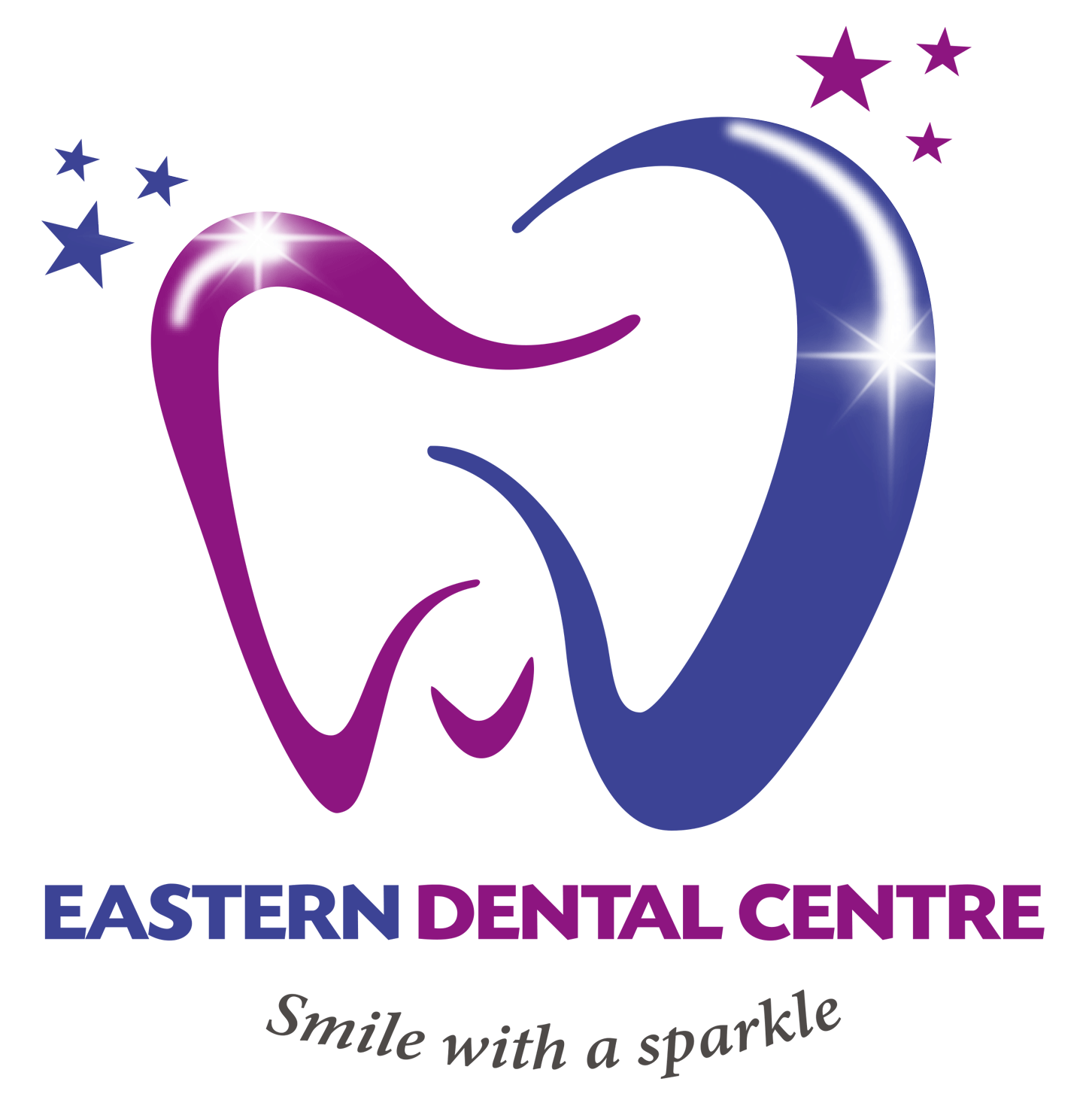- Bridges
- Crowns
- Cosmetic Dentistry
- Dental Implants
- Dental Anesthesia and Sedation
- Dentures and Partial Dentures
- Extractions
- Fillings
- Gum Disease Treatment
- Invisalign (clear aligners)
- Oral Cancer Screening
- Orthodontic Treatment (Braces)
- Pediatric Dentistry
- Root Canal Therapy
- Teeth Cleaning
- TMJ/TMD Treatment
- Teeth Whitening
Dental Anesthesia and Sedation
Dental anesthesia is the use of medication to block pain and other sensations during dental procedures. Local anesthesia numbs a specific area of the mouth, while general anesthesia puts the patient into a deep sleep. Sedation is the use of medication to help patients relax during dental procedures. It is used to reduce anxiety and discomfort, but the patient remains awake.
There are different types of sedation, including oral sedation, inhaled sedation, and IV sedation. The type of sedation used will depend on the dental procedure being performed and the patient’s level of anxiety.
It is important to note that anesthesia and sedation carry some risks, such as allergic reactions, and should be administered by a trained and licensed professional. It’s also important to follow the instructions of the dentist and anesthesiologist before and after the procedure.
